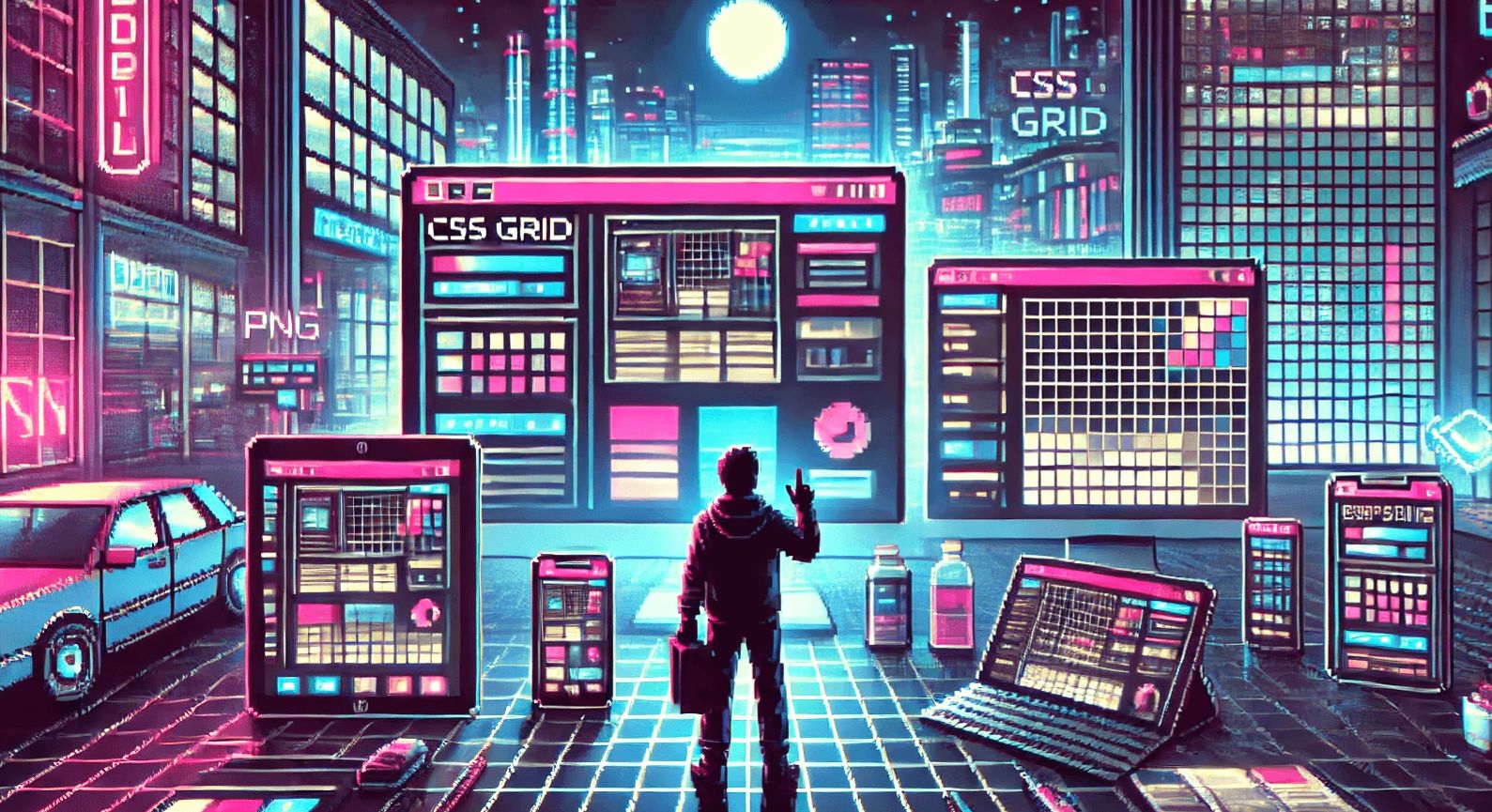Web Dev Trends 2025
Explore the most impactful web development trends of 2025
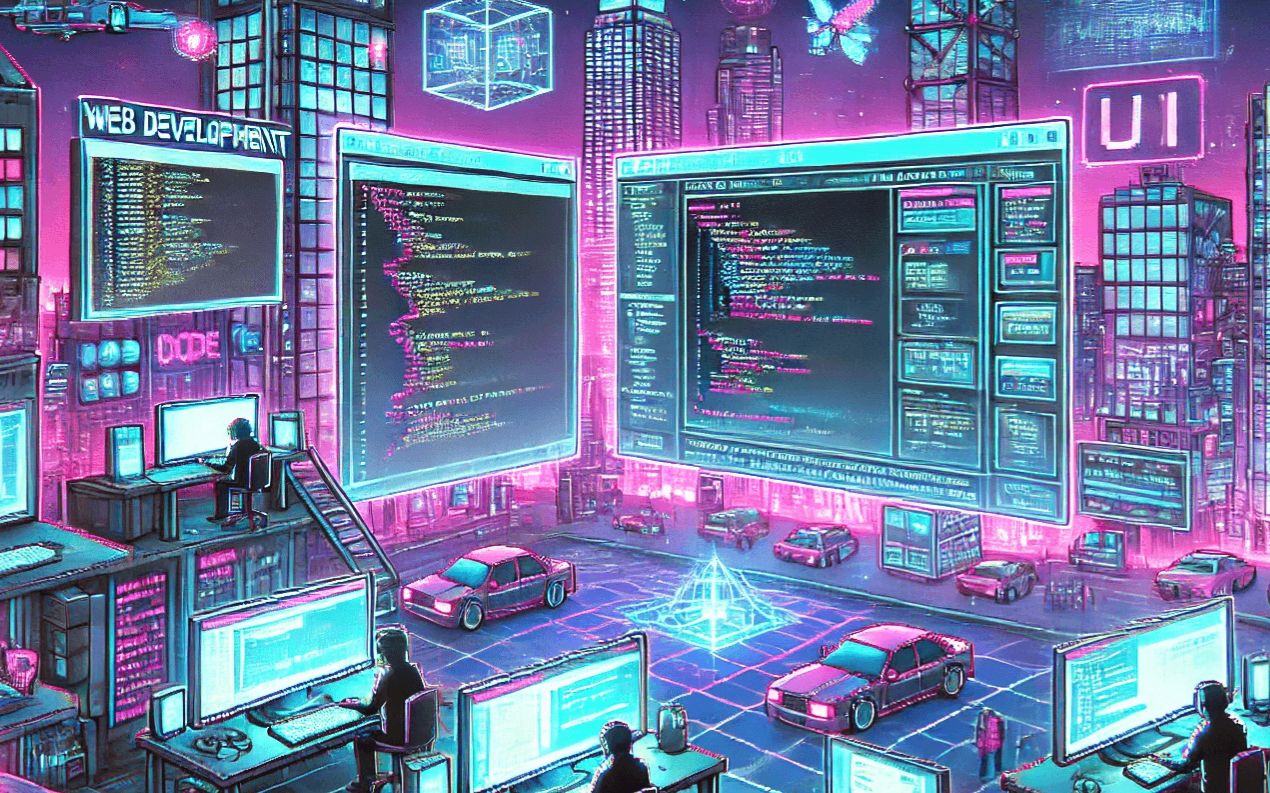
@chromecipher1
5 months ago
1
Web Dev Trends 2025
The web development landscape in 2025 is smarter, faster, and more inclusive than ever. From AI-powered workflows to performance-first frameworks, developers are adapting to new standards that prioritize speed, accessibility, and scalability.
Whether you're building your first project or leading a dev team, understanding these trends will help you stay ahead of the curve.
🚀 1. AI-Powered Development Tools
AI is no longer an experimental add-on—it’s now a central part of modern web development. In 2025, AI tools aren't just suggesting lines of code—they're designing components, fixing bugs, writing documentation, and even offering architecture suggestions.
Tools like GitHub Copilot, Amazon CodeWhisperer, and Cursor are redefining the development experience.
🔧 Key Benefits:
- Accelerate coding and debugging
- Get real-time contextual suggestions
- Automatically generate boilerplate, tests, and comments
# Enable GitHub Copilot in VSCode
1. Open VSCode
2. Go to Extensions (Ctrl+Shift+X)
3. Search for "GitHub Copilot"
4. Click "Install" and sign in with GitHub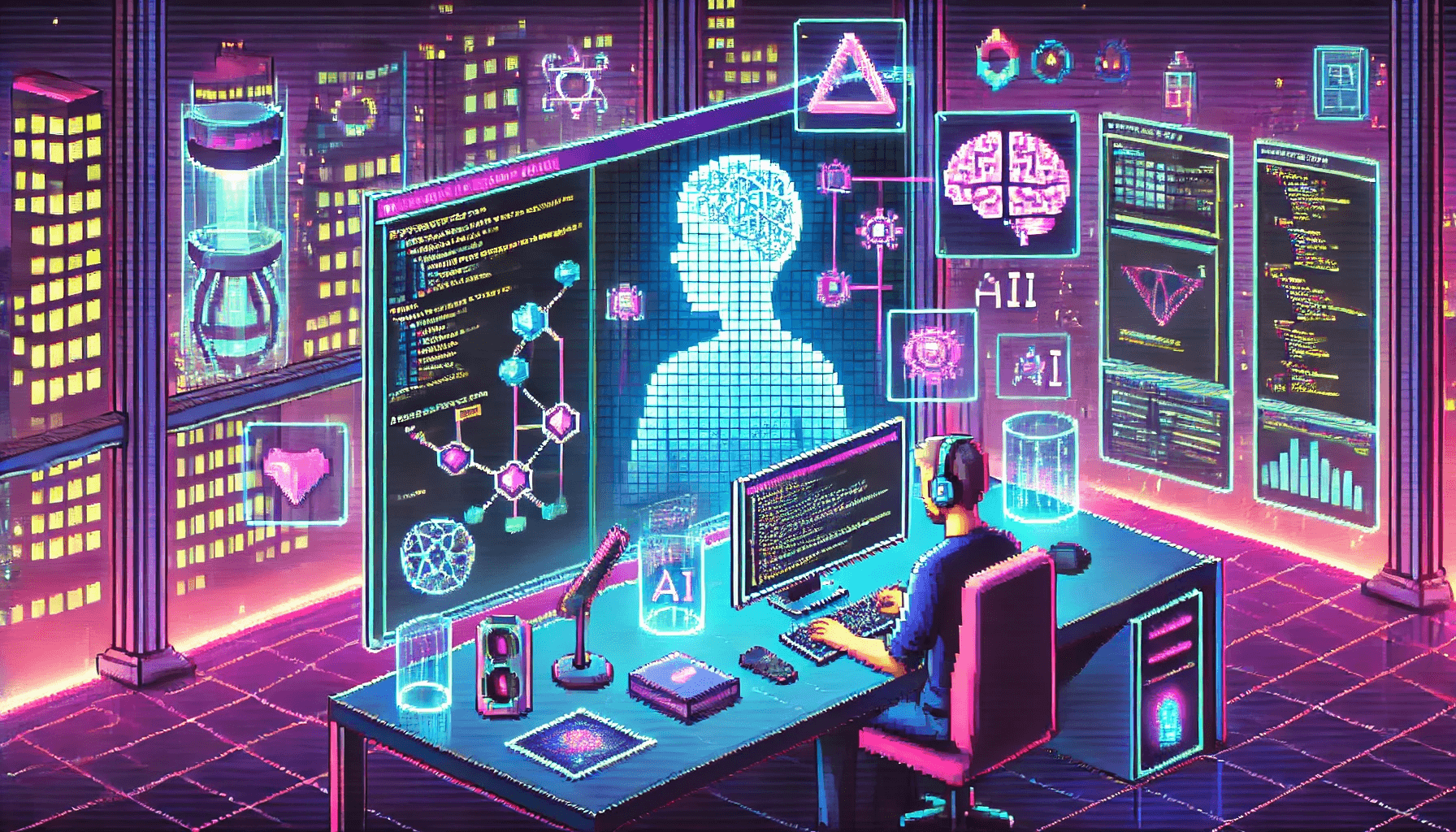
⚡ 2. Performance-First Frameworks
Speed is no longer optional. With rising user expectations and Google's performance-based ranking signals, performance is mission-critical.
In 2025, frameworks like Qwik, Astro, and Next.js 15+ lead the charge by introducing edge rendering, partial hydration, and resumability.
🧰 Framework Highlights:
- Qwik: Offers “resumability,” skipping hydration entirely
- Astro: Ships zero JavaScript by default, excellent for content-rich sites
- Next.js 15+: Combines static generation, SSR, and React Server Components
# Create an Astro project
npm create astro@latest
cd my-astro-site
npm install
npm run dev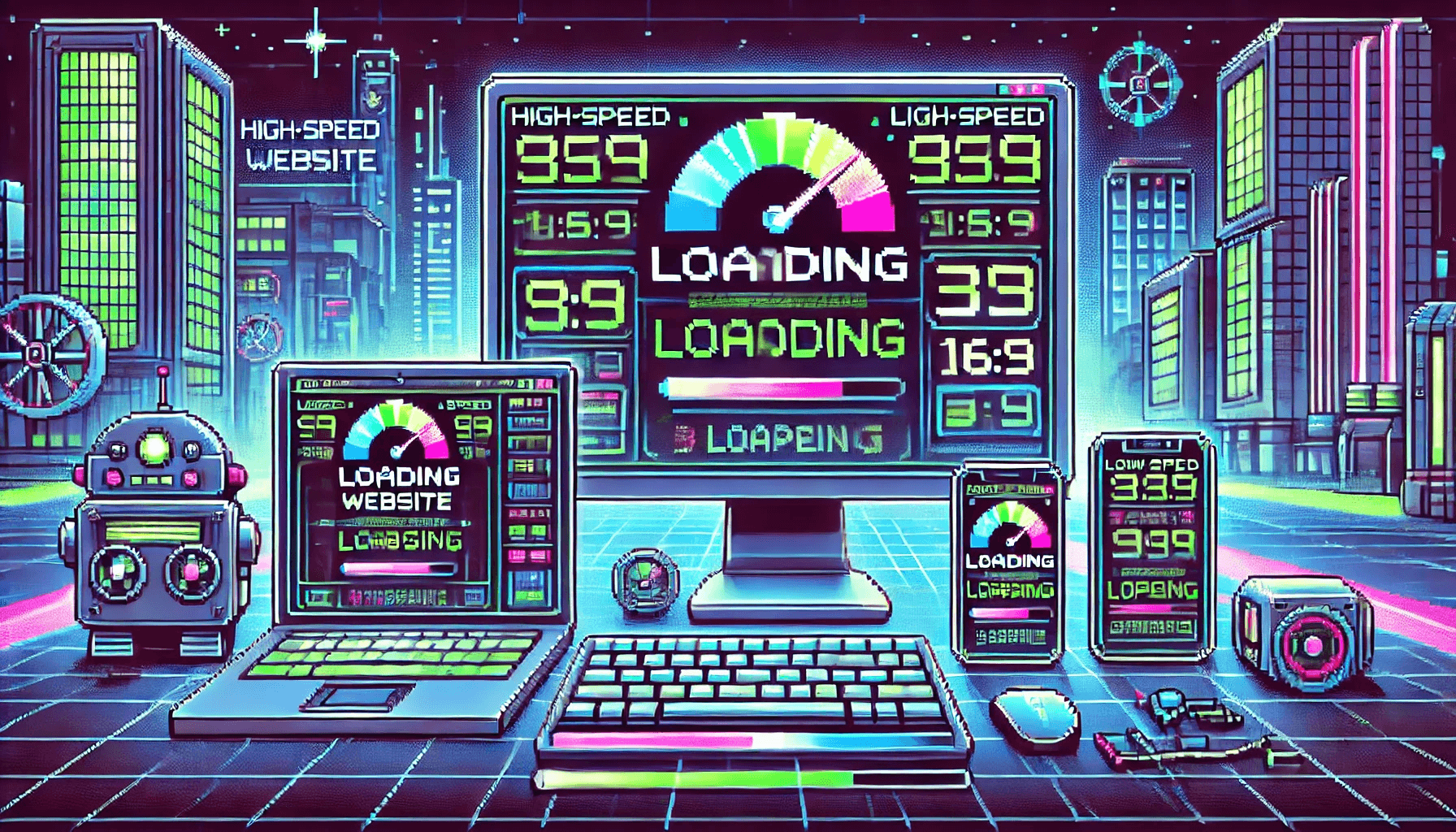
🌍 3. Accessibility is a Core Metric
Accessibility is no longer just a compliance checkbox—it’s a strategic advantage. In 2025, accessible design means better SEO, broader reach, and improved usability for everyone.
Modern frameworks now include built-in accessibility linting, dark/light mode toggles, and native ARIA support.
📈 Trending Features:
- Voice-activated interfaces
- High-contrast and dyslexia-friendly modes
- Automated a11y testing in CI/CD pipelines
# Example: Run automated accessibility test with axe-core
npm install axe-core
node -e "
const axe = require('axe-core');
axe.run(document).then(results => console.log(results));
"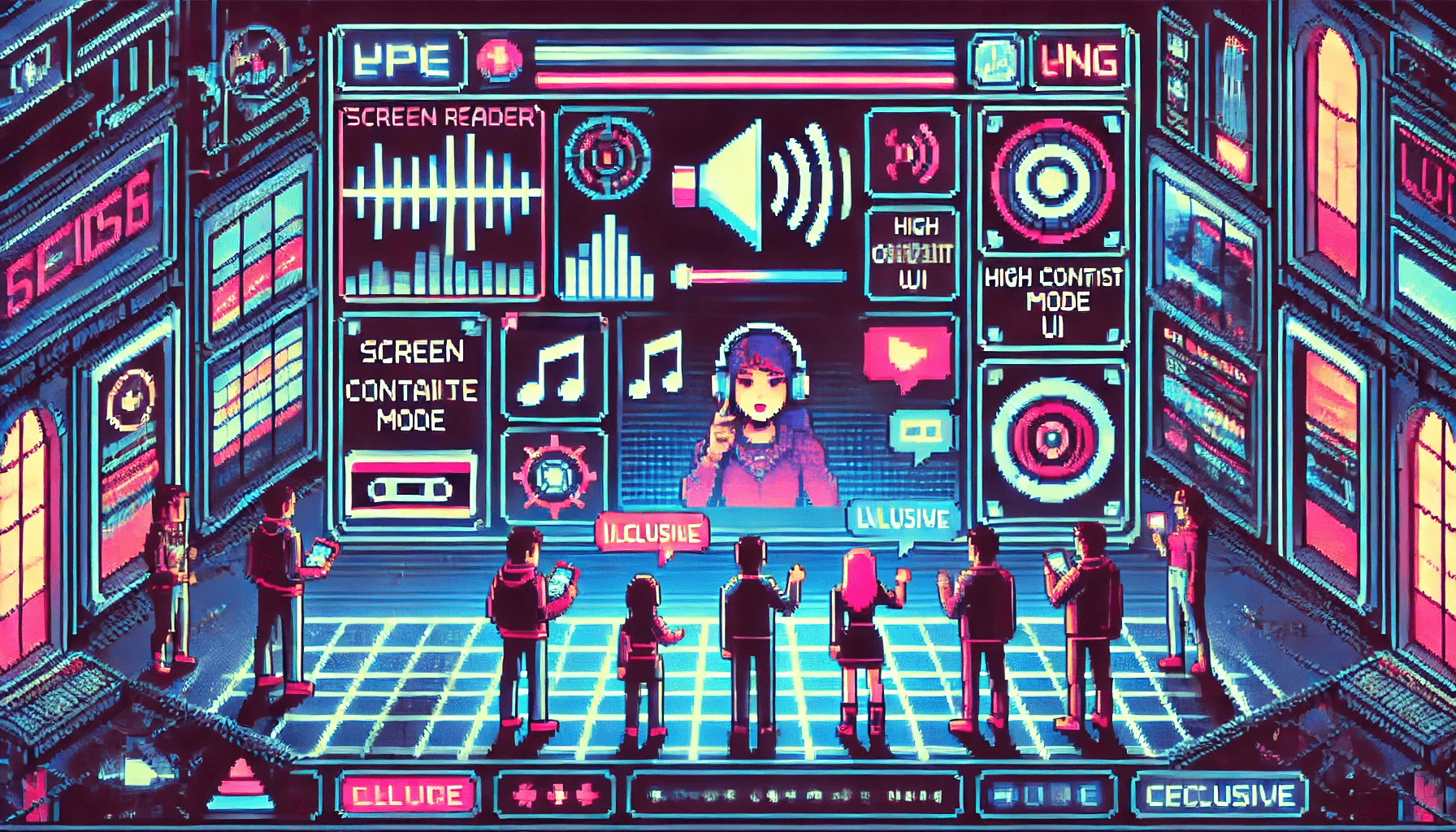
🔗 4. Rise of Headless & Jamstack
The Jamstack ecosystem continues to thrive. Developers are embracing decoupled architectures to improve scalability, content workflows, and deployment speed.
Tools like Sanity, Strapi, Contentful, and Vercel make content-rich apps easier to build and manage.
🔍 Why It Matters:
- Improved DX and deployment pipelines
- API-first approach for frontend/backend separation
- Native support for edge functions and dynamic content
# Deploy a static site with Netlify CLI
npm install -g netlify-cli
netlify deploy --prod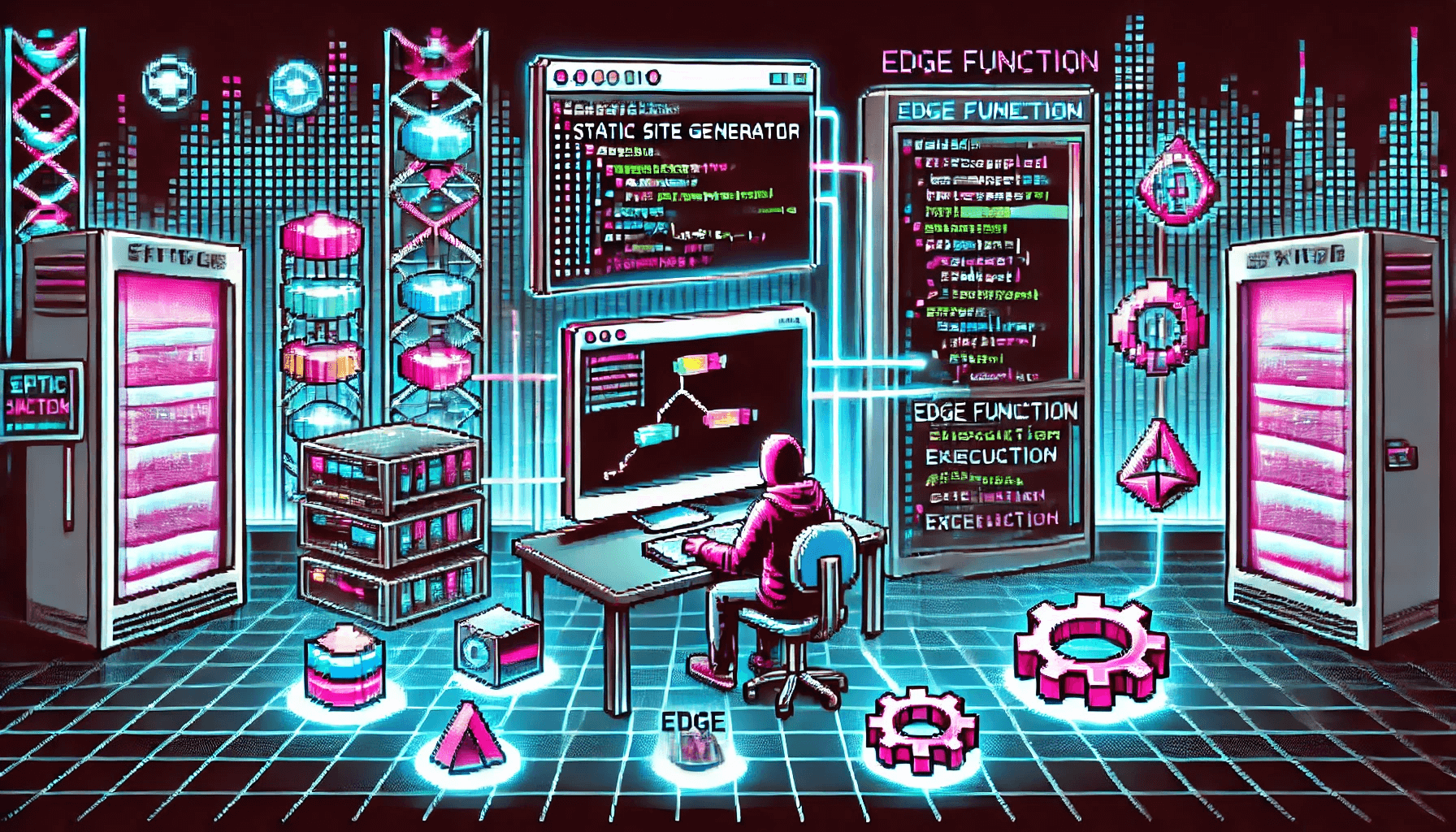
🧠 5. Continuous Learning & Dev Culture
In a fast-moving field, staying up to date is key. In 2025, developers who continuously learn through micro-content (videos, newsletters, tutorials) are setting the standard.
Online platforms and communities are shaping developer growth more than universities.
💡 Resources to Follow:
- Frontend Masters
- Dev.to
- CSS-Tricks (now maintained by DigitalOcean)
- YouTube: Fireship, Kevin Powell, ThePrimeagen
"Stay curious. Stay shipping."
📚 Sources & Further Reading
📅 Last Updated: June 2025
More from @chromecipher1

AI and Automation in Desktop Apps
AI is transforming desktop software — from intelligent UI behavior to background automation
@chromecipher1
5 months ago

